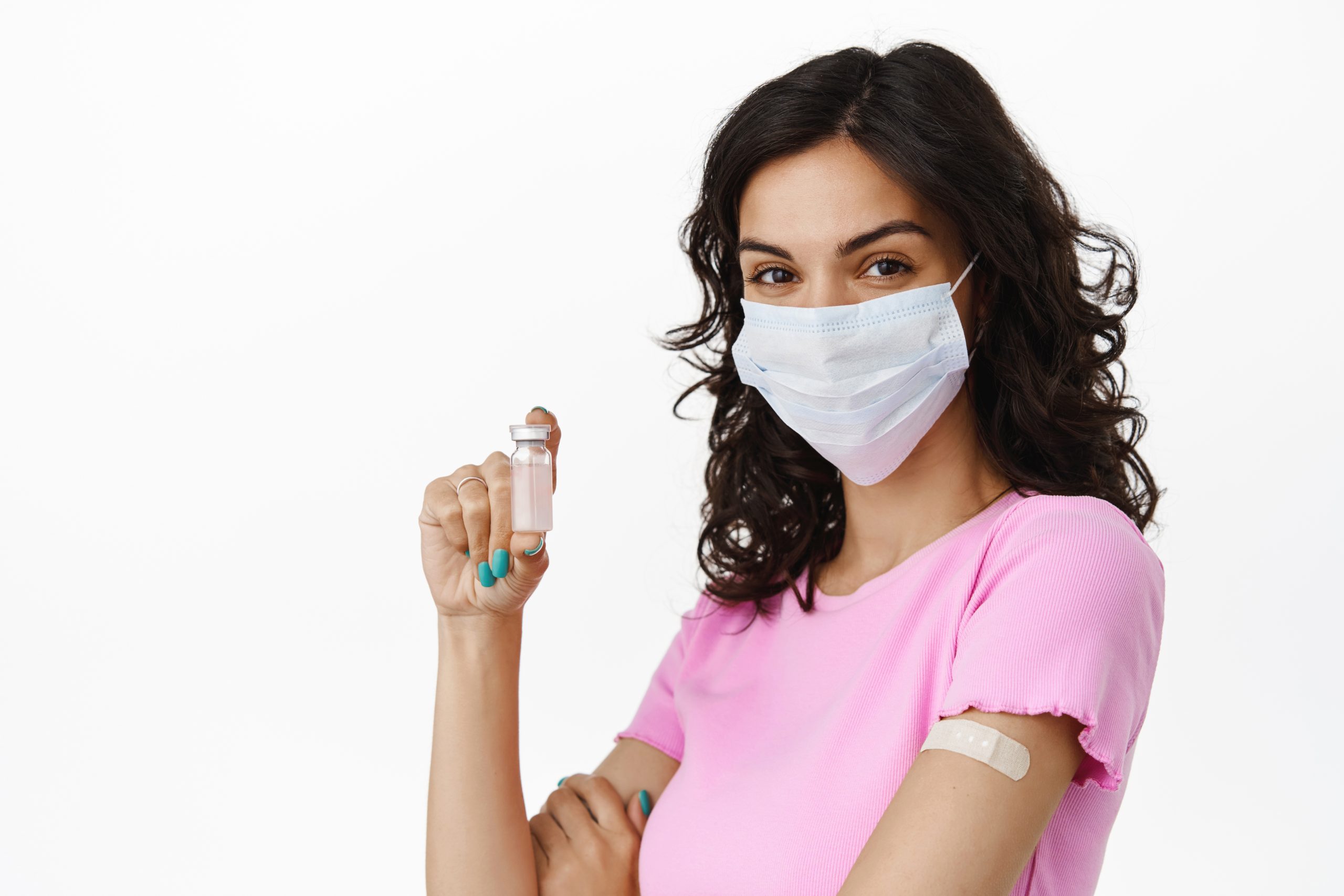Human Papillomavirus (HPV) is one of the most widespread viral infections worldwide, with a significant portion of the population exposed to it at some point in their lives. According to global health studies, nearly 80% of sexually active individuals contract HPV at least once during their lifetime. In India, the prevalence of HPV is particularly notable among women, with certain high-risk types being a leading cause of cervical cancer. Even though HPV infections are highly prevalent, awareness about the virus and its potential impact on health remains limited. This article provides a detailed insight into HPV, focusing on its impact, testing, diagnosis, and preventive measures.
What is Human Papillomavirus (HPV)?
HPV is a group of more than 200 related viruses that can infect the skin and mucous membranes. While most HPV infections clear up on their own without causing harm, some types can lead to warts or, in rare cases, more serious health issues if left untreated.
Types of HPV: Low-Risk and High-Risk Strains
HPV is broadly classified into low-risk and high-risk types:
Low-Risk HPV Strains
- These strains do not cause cancer but may lead to common warts, plantar warts, and genital warts.
- HPV types 6 and 11 are responsible for approximately 90% of genital warts cases.
High-Risk HPV Strains
- These strains can lead to serious health conditions, including cervical, anal, throat, penile, and vulvar cancers.
- HPV types 16 and 18 are the most common high-risk strains, responsible for over 70% of cervical cancer cases.
Who Can Be Affected by HPV?
HPV affects both men and women, regardless of age. However, women are particularly vulnerable to high-risk HPV types that cause cervical cancer, while men can develop conditions such as genital warts, penile, and throat cancers.
Symptoms of HPV
Most HPV infections do not cause noticeable symptoms and resolve on their own. However, when symptoms do occur, they depend on the type of HPV:
- Genital Warts: Small, flesh-colored or grey growths in the genital or anal areas.
- Common Warts: Rough, raised bumps on the hands, fingers, or elbows.
- Plantar Warts: Hard, grainy growths on the soles of the feet.
- Flat Warts: Small, flat-topped lesions, more common in children and young adults.
- High-Risk HPV Symptoms: Often asymptomatic but can lead to abnormal cell changes detected through Pap smears or HPV screenings.
Causes of HPV
- Skin-to-Skin Contact: Direct skin-to-skin contact, including sexual activity, is the primary transmission route.
- Sexual Transmission: HPV can spread even without visible symptoms.
- Mother-to-Child Transmission: Infected mothers can pass HPV to their baby during childbirth.
- Contaminated Surfaces: Rare cases of transmission through shared personal items.
Health Impacts of HPV
For Women:
- Cervical Cancer: Mainly caused by HPV types 16 and 18.
- Genital Warts: Caused by low-risk HPV types.
- Vaginal and Vulvar Cancers: Result from persistent high-risk HPV infections.
For Men:
- Genital Warts: Common in the genital and anal regions.
- Anal and Penile Cancers: Caused by high-risk HPV strains.
- Throat Cancer: HPV can infect the oropharynx, leading to cancer in rare cases.
HPV Testing and Diagnosis
For Women:
- Pap Smear (Cervical Screening Test): Detects abnormal cell changes in the cervix.
- HPV DNA Test: Identifies high-risk HPV strains.
For Men:
- Visual Inspection: Doctors check for warts or lesions.
- Anal Pap Test: Used for high-risk individuals.
- HPV DNA Test: Rarely performed but can identify HPV strains in high-risk cases.
HPV Vaccines and Prevention
HPV Vaccines:
- Gardasil and Cervarix protect against high-risk HPV types (16 and 18) and low-risk types (6 and 11).
- Best given between ages 11-12, but can be administered up to age 26 or later in some cases.
Other Prevention Strategies:
- Practice Safe Sex: Use condoms and limit the number of sexual partners.
- Regular Screenings: Routine Pap smears and HPV tests for women.
- Maintain Good Hygiene: Avoid sharing personal items like razors.
- Avoid Smoking: Smoking increases the risk of HPV-related complications.
- Educate and Communicate: Discuss vaccination and prevention with healthcare providers.
Living with HPV: Coping and Support
- Educate Yourself: Understanding HPV helps reduce fear and misinformation.
- Follow Medical Advice: Stay up to date with screenings and treatments.
- Practice Open Communication: Discuss your diagnosis with your partner.
- Manage Emotional Health: Join support groups or seek counseling.
- Adopt a Healthy Lifestyle: Boost your immune system with a balanced diet and exercise.
- Use Protection: Condoms and dental dams can help reduce the risk of transmission.
- Stay Positive: Most HPV infections resolve naturally, and medical advances improve outcomes for high-risk cases.
Conclusion
HPV is a common infection, but with awareness, vaccinations, and regular screenings, its risks can be effectively managed. Early detection is key to preventing serious complications like cervical and throat cancers.
Frequently Asked Questions About HPV
- Are all warts caused by HPV? Most warts are caused by specific strains of HPV.
- How is HPV related to cervical cancer? High-risk HPV types (16 and 18) cause abnormal cell changes leading to cervical cancer.
- Is HPV curable? HPV itself cannot be cured, but its symptoms and related conditions can be managed.
- Is HPV contagious for life? HPV can remain dormant but may still be transmissible during active infections.
- How can I prevent HPV? Get vaccinated, practice safe sex, and maintain good hygiene.
- What is the primary prevention method for HPV? Vaccination is the best preventive measure.
- What are the clinical manifestations of HPV? Symptoms range from warts to precancerous lesions or cancers.
- Who should receive the HPV vaccine? Recommended for preteens (ages 11-12) and individuals up to age 26.
- Is the HPV vaccine only for females? No, both males and females should receive it to prevent HPV-related diseases.
Understanding HPV and taking preventive steps can help you stay protected. If you have any concerns, consult your doctor or gynecologist for further guidance.

